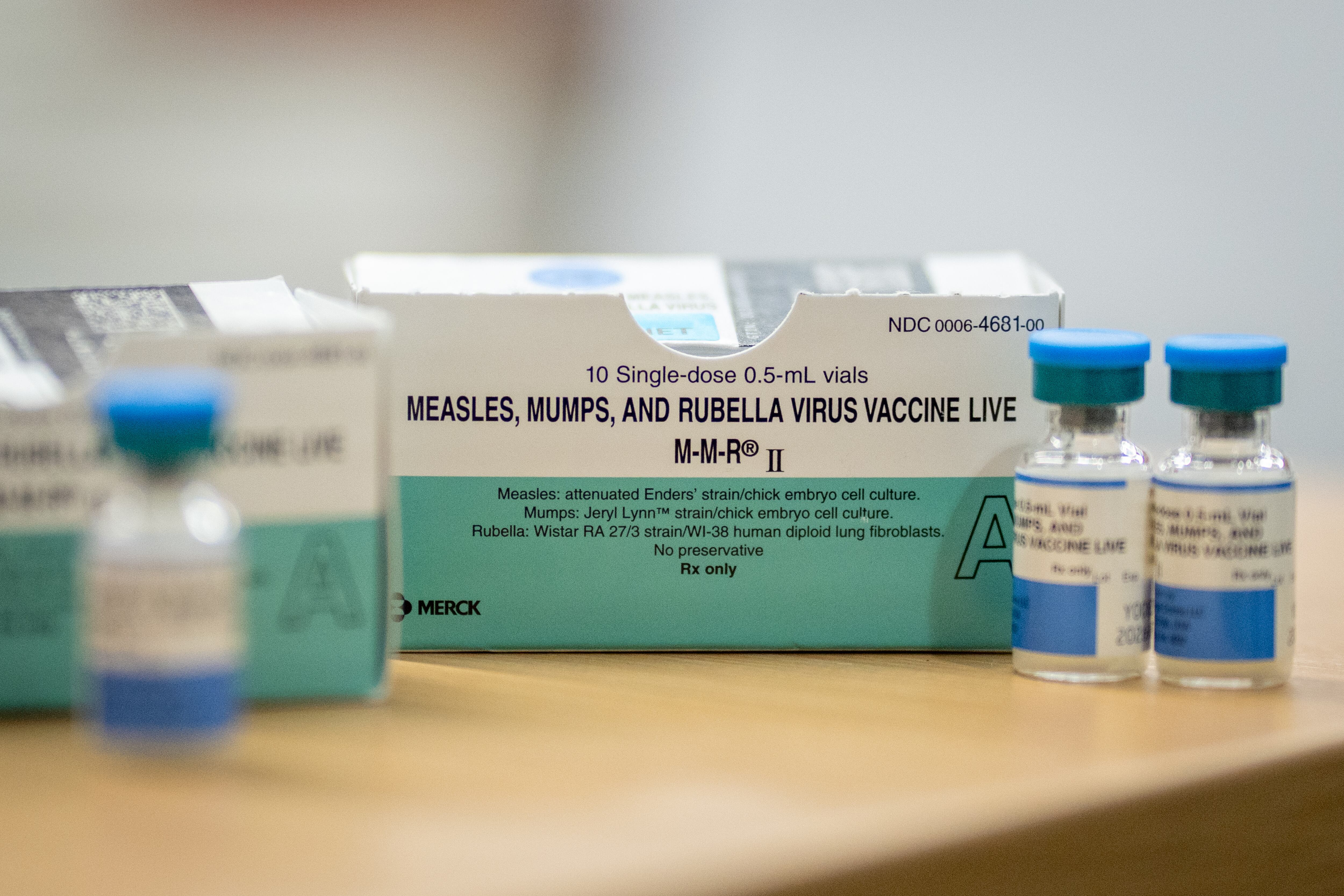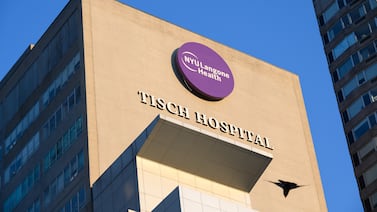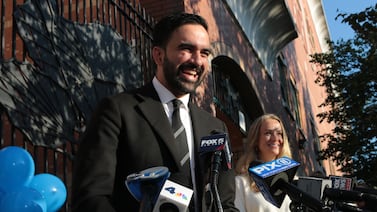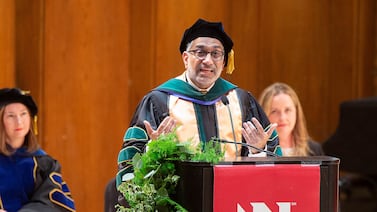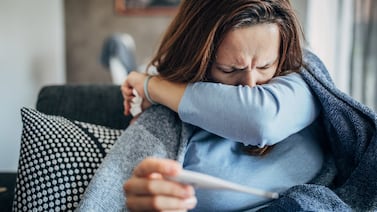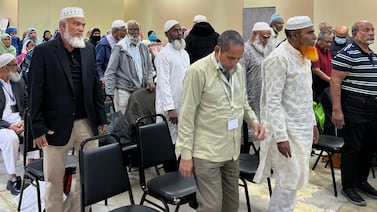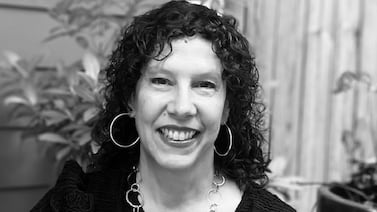This article originally appeared at Your Local Epidemiologist New York. Sign up for the YLE NY newsletter here. Public health, explained: Sign up to receive Healthbeat’s free New York City newsletter here.
Three unvaccinated kids under 5 have tested positive for measles in Orange County, New York, according to the state and local health departments. All three cases were linked to international travel and were identified after returning home.

The children are isolating, and so far, no community exposures have been reported. That means there’s no sign of community spread —welcome news for those most at risk, including immunocompromised individuals, infants under 1, and others who are unvaccinated.
TLDR: There is not a measles outbreak in New York at this time. If you’re up to date on your vaccines, you’re protected. Keep reading for more background and context.
Is this an outbreak?
No. A measles outbreak is defined as at least three connected cases, meaning cases who spent time together while infectious. Not all three Orange County cases are connected, so this is not yet officially an “outbreak.” We’ll know more in the coming days.
We don’t know if it will turn into an outbreak. The potential for an outbreak depends on a combination of luck, the swiftness of local public health teams, cooperation from people exposed, and local vaccination rates. Fortunately, the health department reports no other known exposures outside immediate family members. This likely means that when the kids started showing symptoms, they were quickly isolated and didn’t expose others — good news and less chance of an outbreak.
Community vaccination coverage also plays a big role. Orange County, where these patients with measles live, has one of the lowest coverage rates in the state — about 65% of 2-year-olds have one dose of MMR. This means 35% of the youngest kids in Orange County have no protection against measles.
Measles is highly infectious and can linger in the air for 2 hours. It can also take up to 3 weeks to develop symptoms after exposure. So we probably won’t know until the end of May whether these cases lead to additional infections.
What can you do?
If you’re up to date with vaccinations, you’re very well protected.
“Up-to-date” means:
- Two doses of MMR or MMRV (MMR combined with varicella —chickenpox) by kindergarten.
- If you were born before 1957, you are assumed to have had measles during its widespread era and are therefore fully protected.
One group who may need a booster is adults who received the inactivated vaccine between 1963 and 1967 (or aren’t sure which version they got). Most people at the time received the more effective live vaccine, but if you’re unsure, talk to your health care provider.
Here are the top 10 FAQs about your measles protection.
If you have a child under 12 months, they can get a vaccine as young as 6 months. But at this moment, this is not an outbreak and is not spreading across the community.
If you’re traveling soon, check your vaccination status
Families planning summer travel should plan to be caught up on MMR vaccines at least 2 weeks before travel. Recent cases in New York and New Jersey, including the Orange County cases, were due to international travel.
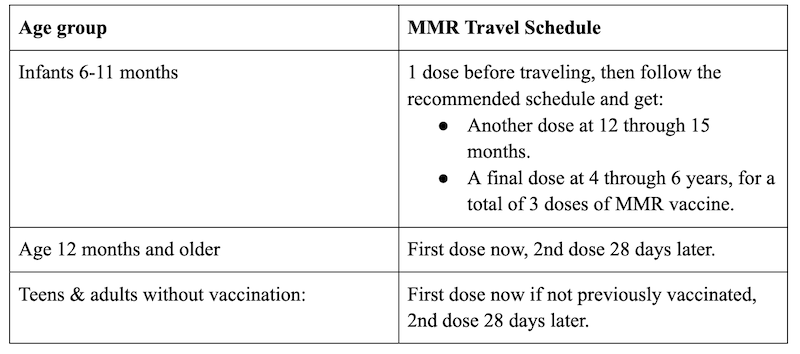
Babies as young as 6 months should get one dose of the MMR vaccine if they are traveling abroad or to U.S. areas with outbreaks (like Texas or New Mexico). After travel, these babies should then continue to get their next two MMR vaccines on schedule for a total of three vaccines.
Bottom line
The best actions you can take now are to check your MMR vaccination status and consider vaccinations your family might need before travel. I’ll keep you updated as we learn more! We are also wishing these little ones a smooth and quick recovery.
Love,
Your NY Epi
Dr. Marisa Donnelly, PhD, is an epidemiologist, science communicator, and public health advocate. She specializes in infectious diseases, outbreak response, and emerging health threats. She has led multiple outbreak investigations at the California Department of Public Health and served as an Epidemic Intelligence Service Officer at the Centers for Disease Control and Prevention. Donnelly is also an epidemiologist at Biobot Analytics, where she works at the forefront of wastewater-based disease surveillance.

